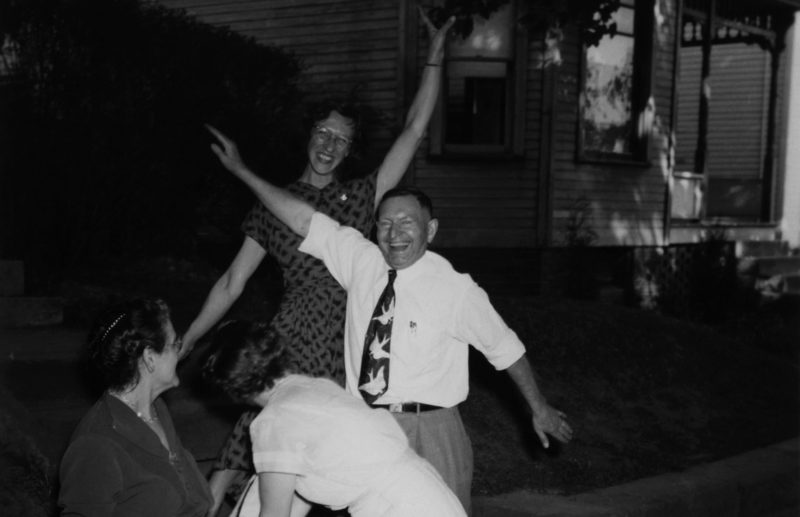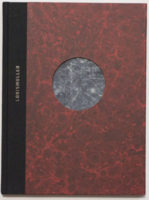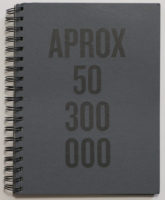A two-part essay about Susan Sontag (part 1, part 2) by Darren Campion had me think about my problem with On Photography. I’m not even sure that Sontag really writes about photography. It’s true, in the most obvious sense the various essays discuss photography. But once you start digesting Sontag’s conclusions (and ignore all the various contradictions and shortcomings), photography emerges as little more than a piñata for this particular writer: Sontag’s beef is not so much with photography, it’s with our culture. My problem here is not so much Sontag’s critique of our culture. Instead, it is the projection of what to me read like pretty clearly pre-determined conclusions onto photography. You don’t learn all that much by doing it, and you end up with some pretty strange ideas of your piñata.
I mean what is photography anyway? What do we talk about when we talk about photography? When photojournalists talk about photography, do they talk about the exact same entity as advertizing photographers? When people who post on Instagram talk about photography, do they talk about the same entity as museum curators? When I talk about photography (as I do here), do you, the reader, have the same entity in your head? I’m not sure. I’m pretty sure that Sontag’s idea of photography is very different than mine. It’s true, all photography focuses on photographs. But there isn’t even agreement concerning what exactly a photograph is, let alone what they do or how they do it.
For me, it is exactly that fact, namely that photographs can mean so many different things that makes this interesting. But to do full justice to what photography is, or how it operates, or rather how we operate it, we need to always not only acknowledge the contexts we’re dealing with but also our own expectations. If we don’t do that, then we’ll run into the kinds of common problems, namely that our arguments make little sense for other people (while there’s ample nodding in whatever little bubble we operate in).
If, for example, photojournalists discuss the types of manipulations that should be allowed for photographs, those arguments might make perfect sense in that particular context. But for an advertizing photographer, not allowing the gratuitous use of Photoshop must sound like a pretty absurd approach: who would advertize a product with shitty looking pictures? And what’s with all the strange high-contrast black and white and the crooked horizons in photojournalism? You can’t manipulate your pictures, but you can do that? This is not to say that one approach is necessarily better than the other. It’s not. Each approach works perfectly well within its own context — even though each approach might also be subject to often necessary discussions, in particular since contexts and expectations can be fluid.
As an aside, please note that context here means two aspects at the same time. There is, first, the larger context a photograph is being used in (for example the news). And second, there is the particular specific context (let’s say the discussion about healthcare or whatever else). Both types of context come with their own set of expectations, but the former usually — but not always — are more important than the latter.
Consequently, when we talk about photography we usually talk about photography given a specific context. And we need to acknowledge that, because not doing that easily lands us in trouble. Thing is, in “real life” we appear to be quite flexible and adept at dealing with photography. Just to give one example, a little while ago I was in the check-out line of a supermarket, and there was a mother with her relatively young child right behind me. The boy pointed at one of the magazines in the impulse-buy racks. I didn’t hear what he said. But I heard very clearly how his mother told him that he shouldn’t necessarily believe the covers of the magazines, given the people on them were Photoshoped to look attractive. What do you know, a visual-literacy lesson at the supermarket check-out.
The importance of context (and attached expectations) becomes easily obvious once you’re exposed to a photograph in such a way that the context isn’t clear, or when you encounter a photograph that seems to violate what you expect from a particular context. Benetton’s use of a photograph of David Kirby is a good example of a photograph taken out of one context and put into another. Another example would be Luc Delahaye’s dead Taliban soldier. If photographs really were the kinds of absolute entities as which they are often described, taking a picture out of one context and bringing it into another one would not to matter. But that’s not how this works. The larger the differences between two contexts (and their associated expectations), the more a viewer might be rattled.
In fact, photographs are no absolute entities. Typically, we associate a context with every photograph (or at least attempt to), based on form and context. A grainy black and white picture with a crooked horizon line looks like a photojournalistic picture, because we don’t see such pictures in advertizing. We have certain expectations of what pictures look like, given a context, and we’ll apply them (btw, this doesn’t mean such expectations cannot be changed): this picture looks like it’s out of this particular context, so I’m going to assume it is.
I taught a class on visual literacy a few years ago, which consisted of showing students photographs without any additional information (other than the broader context, such as “news”). The students’ task was to describe the pictures and to tell me what they meant (or might mean). The most exciting examples were photographs where students literally had no idea what they were looking at. One example I clearly remember was a colour photograph from the day Pearl Harbor was attacked. Not a single student was able to determine what it showed. The consensus was that it would be a photograph showing an oil spill somewhere: a lot of water, some very thick smoke near a naval structure, and a colour photograph.
The key to visual literacy — and the goal of the class — is to interrogate these kinds of mechanisms, where we attach contexts and meanings to pictures, based on what they show and how they show it. The more you can do that, the more you can understand the world of images that surround you.
Coming back to the larger question, I don’t know what photographs are in a more absolute sense. They tend to be these incredibly malleable entities that we attach all kinds of expectations to, given a context, and that we then project our ideas onto. That’s what makes photography so great, so lively: there are so many different contexts, so many different expectations and ideas.
Consequently, when we look at photographs we don’t necessarily look at absolute entities that tell us about the world. Instead, when we look at a photograph we know someone is pointing at something (that might or might not be in the picture), and the connection that we can make by participating, the experience of sharing a moment — that is photography. That experience can be very specific — such as when your doctor shows you a broken bone on an X-ray photograph, and it can be incredibly vague — such as when you stand in front of a large abstract picture.
Project your own ideologies onto photographs at your own risk. In all likelihood, you’re going to miss at least some aspects of what this pretty amazing medium can do.









